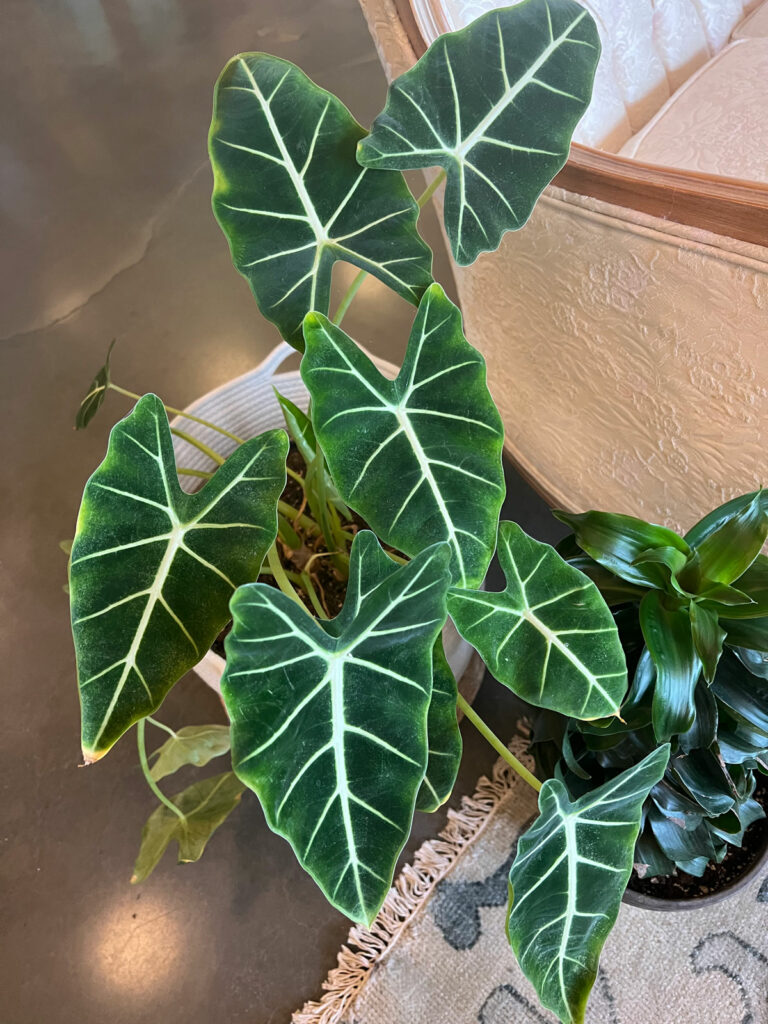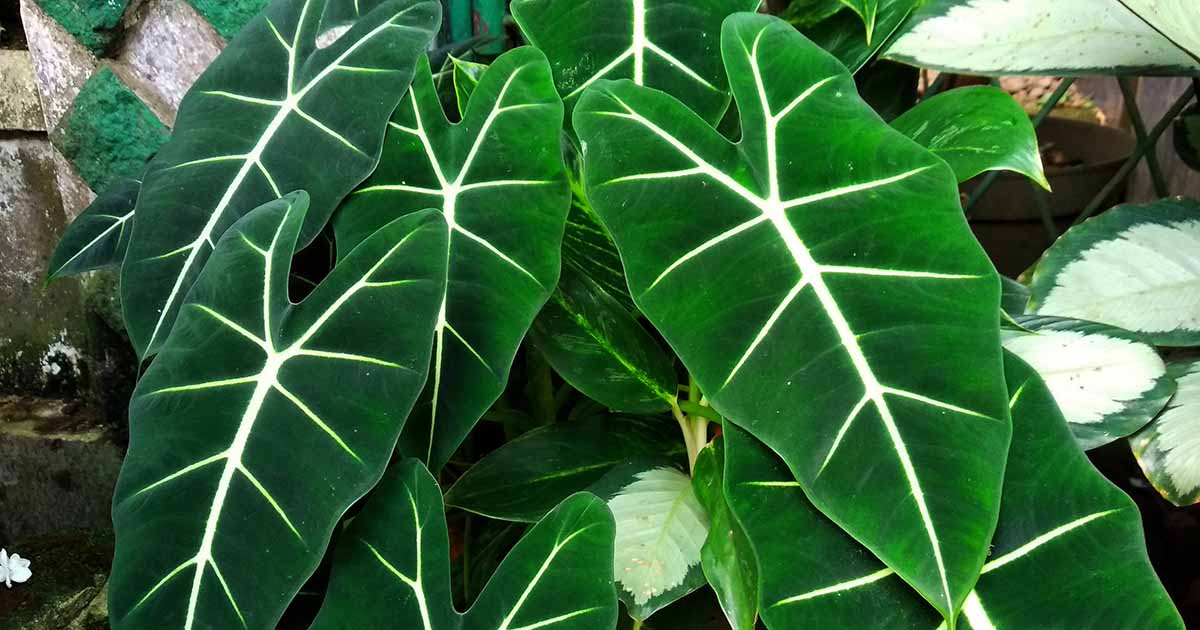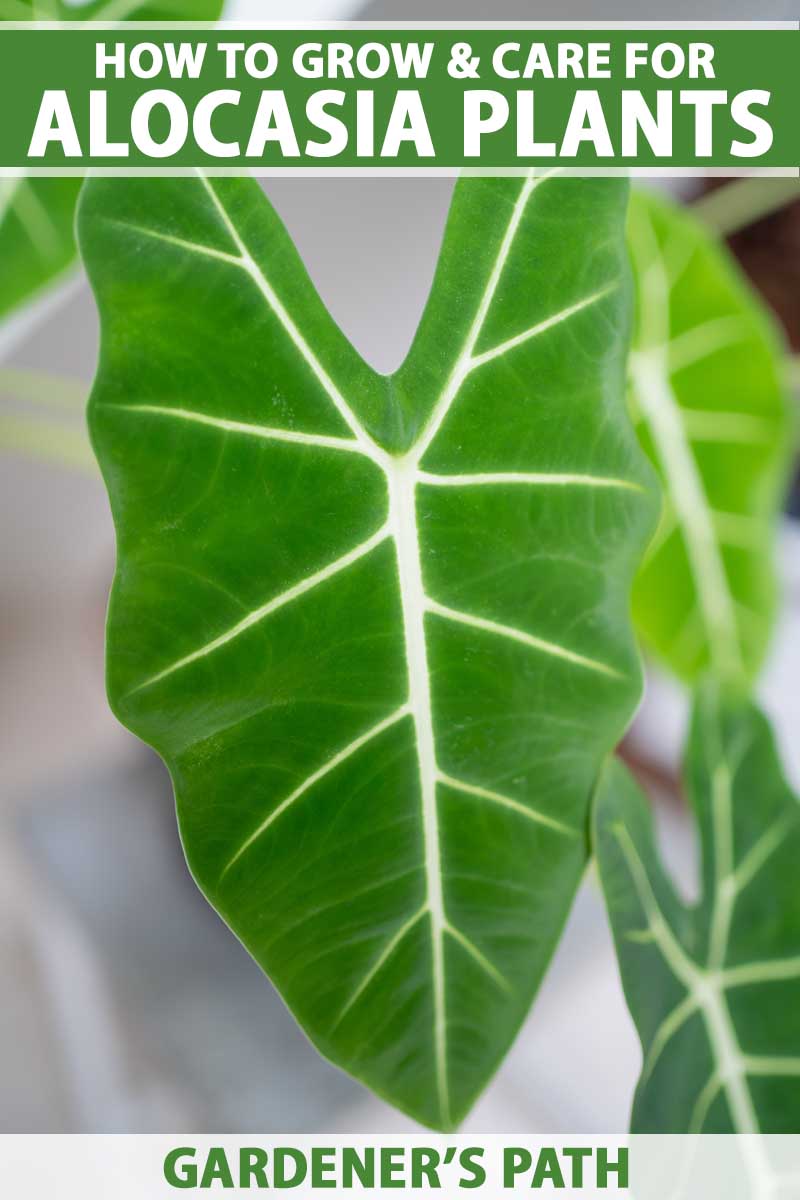Understanding the Life Cycle of Alocasia Plants
Alocasia plants, also known as elephant ear plants, are popular for their striking, large leaves. To promote healthy leaf growth, it’s essential to understand the life cycle of these plants. The life cycle of Alocasia plants consists of three stages: growth, dormancy, and propagation. During the growth stage, Alocasia plants produce new leaves and stems, which can grow up to 2 feet long. This stage typically occurs during the spring and summer months when temperatures are warm and humidity is high.
As the weather cools down, Alocasia plants enter a state of dormancy, during which they stop producing new leaves and stems. This stage is crucial for the plant’s survival, as it allows the plant to conserve energy and protect itself from harsh environmental conditions. To encourage healthy leaf growth, it’s essential to provide Alocasia plants with a period of dormancy during the winter months.
Propagation is the final stage of the life cycle, during which Alocasia plants produce offsets or tubers that can be used to create new plants. This stage typically occurs during the spring and summer months when the plant is actively growing. By understanding the life cycle of Alocasia plants, growers can provide the necessary conditions to promote healthy leaf growth and encourage the plant to thrive.
For example, by providing Alocasia plants with a warm and humid environment during the growth stage, growers can encourage the plant to produce large, healthy leaves. Similarly, by allowing the plant to enter a state of dormancy during the winter months, growers can help the plant conserve energy and protect itself from harsh environmental conditions. By understanding the life cycle of Alocasia plants, growers can take the necessary steps to promote healthy leaf growth and encourage the plant to thrive.
So, how do Alocasia grow new leaves? The answer lies in understanding the life cycle of these plants. By providing the necessary conditions during each stage of the life cycle, growers can encourage Alocasia plants to produce large, healthy leaves. Whether you’re a seasoned grower or just starting out, understanding the life cycle of Alocasia plants is essential for promoting healthy leaf growth and encouraging these plants to thrive.
Optimizing Environmental Conditions for Alocasia Leaf Growth
Alocasia plants are sensitive to their environment, and providing optimal conditions is crucial for promoting healthy leaf growth. Temperature, humidity, light, and water requirements are all critical factors that can affect the growth and development of Alocasia leaves.
Temperature is one of the most important environmental factors for Alocasia plants. These plants thrive in temperatures between 65°F to 85°F (18°C to 30°C), with optimal growth occurring at temperatures around 75°F (24°C). Avoid placing Alocasia plants in areas with drafts or extreme temperature fluctuations, as this can cause stress and hinder leaf growth.
Humidity is another critical factor for Alocasia plants. These plants prefer high humidity, typically above 50%, to promote healthy leaf growth. To maintain optimal humidity levels, you can place the plant on a tray filled with water and pebbles or use a humidifier nearby.
Light is also essential for Alocasia leaf growth. These plants prefer bright, indirect light, but can tolerate low light conditions. However, direct sunlight can cause leaf scorch and hinder growth. East- or west-facing windows are ideal for Alocasia plants, as they provide gentle, indirect light.
Watering is also crucial for Alocasia plants. These plants prefer moist soil, but overwatering can lead to root rot and hinder leaf growth. Check the soil moisture by sticking your finger into the soil up to the first knuckle. If the soil feels dry, it’s time to water. Water thoroughly, allowing excess water to drain from the pot.
By providing optimal environmental conditions, you can encourage Alocasia plants to produce large, healthy leaves. Remember, Alocasia plants are sensitive to their environment, so make adjustments as needed to promote healthy growth. For example, if you notice the leaves are becoming scorched, move the plant to a spot with brighter, indirect light. By optimizing environmental conditions, you can help your Alocasia plant thrive and produce beautiful, new leaves.
So, how do Alocasia grow new leaves? By providing optimal environmental conditions, including temperature, humidity, light, and water requirements, you can encourage Alocasia plants to produce healthy, new leaves. By understanding the specific needs of your Alocasia plant, you can create an environment that promotes healthy growth and encourages the plant to thrive.
The Role of Nutrients in Alocasia Leaf Growth
Nutrients play a crucial role in promoting healthy leaf growth in Alocasia plants. Alocasia plants require a balanced diet of essential nutrients, including nitrogen, phosphorus, and potassium, to produce large, healthy leaves.
Nitrogen is a critical nutrient for Alocasia leaf growth, as it promotes the production of chlorophyll, which is essential for photosynthesis. Phosphorus, on the other hand, is important for root development and flower production. Potassium helps to regulate water balance and promotes overall plant health.
To provide Alocasia plants with the necessary nutrients, it’s essential to fertilize them regularly. A balanced, water-soluble fertilizer (20-20-20) is ideal for Alocasia plants. Dilute the fertilizer to half the recommended strength to avoid burning the roots.
When fertilizing Alocasia plants, it’s essential to follow a few guidelines. First, fertilize during the growing season (spring and summer), when the plant is actively producing new leaves. Avoid fertilizing during the dormant season (fall and winter), as this can cause the plant to produce weak and leggy growth.
Second, fertilize sparingly, as overfertilization can cause more harm than good. Alocasia plants are sensitive to excessive nutrients, which can cause leaf burn and root damage. Finally, choose a fertilizer that is specifically formulated for tropical plants, as these plants have unique nutritional requirements.
By providing Alocasia plants with the necessary nutrients, you can promote healthy leaf growth and encourage the plant to thrive. Remember, a balanced diet of essential nutrients is critical for Alocasia leaf growth, so fertilize regularly and sparingly to promote optimal growth.
So, how do Alocasia grow new leaves? By providing the necessary nutrients, including nitrogen, phosphorus, and potassium, you can promote healthy leaf growth and encourage the plant to thrive. By understanding the nutritional requirements of Alocasia plants, you can create a nutrient-rich environment that promotes optimal growth and encourages the plant to produce large, healthy leaves.
Pruning and Training for Encouraging New Leaf Growth
Pruning and training are essential techniques for promoting healthy leaf growth in Alocasia plants. By pruning old or damaged leaves, you can encourage the plant to produce new growth and maintain its overall health. Training the plant to grow in a desired shape or direction can also help to promote healthy leaf growth and encourage the plant to thrive.
When pruning Alocasia plants, it’s essential to use clean and sharp tools to prevent spreading diseases. Remove any dead or damaged leaves, as these can attract pests and create an environment conducive to disease. Cut back any leggy stems to encourage bushy growth and promote new leaf production.
Training Alocasia plants involves providing support for the plant to grow in a desired shape or direction. Use stakes or trellises to support the plant, and gently tie the stems to the support using soft ties or clips. This will help to promote upright growth and encourage the plant to produce new leaves.
Another technique for promoting healthy leaf growth is to pinch off the tips of the stems. This will encourage the plant to produce new growth and promote branching. Pinch off the tips of the stems when the plant is around 6-8 inches tall, and repeat the process every few weeks to encourage continuous growth.
By pruning and training Alocasia plants, you can promote healthy leaf growth and encourage the plant to thrive. Remember to prune and train the plant regularly to maintain its overall health and promote new leaf production.
So, how do Alocasia grow new leaves? By pruning and training the plant, you can encourage new leaf growth and promote healthy development. By understanding the importance of pruning and training, you can create an environment that promotes optimal growth and encourages the plant to produce large, healthy leaves.
Common Challenges to Alocasia Leaf Growth and How to Overcome Them
Alocasia plants can be susceptible to various challenges that can hinder leaf growth and development. Pests, diseases, and environmental stressors are common issues that can affect Alocasia plants. By understanding these challenges and taking steps to address them, you can promote healthy leaf growth and encourage the plant to thrive.
Pests such as spider mites, mealybugs, and scale can infest Alocasia plants and cause damage to the leaves. To control pest infestations, inspect the plant regularly and treat any infestations promptly. Use insecticidal soap or neem oil to control pest populations, and ensure good air circulation to prevent infestations.
Diseases such as root rot, leaf spot, and crown rot can also affect Alocasia plants. To prevent diseases, ensure good air circulation, avoid overwatering, and provide optimal environmental conditions. Treat any diseases promptly with fungicides or bactericides, and remove any infected leaves or stems to prevent the spread of disease.
Environmental stressors such as extreme temperatures, low humidity, and poor light can also affect Alocasia leaf growth. To address these stressors, provide optimal environmental conditions, including temperatures between 65-85°F (18-30°C), humidity above 50%, and bright, indirect light.
By understanding and addressing these common challenges, you can promote healthy leaf growth and encourage the plant to thrive. Regularly inspect the plant, provide optimal environmental conditions, and take prompt action to address any issues that arise.
So, how do Alocasia grow new leaves? By understanding and addressing common challenges, you can create an environment that promotes optimal growth and encourages the plant to produce large, healthy leaves. By taking steps to prevent pests, diseases, and environmental stressors, you can promote healthy leaf growth and encourage the plant to thrive.
How to Propagate Alocasia Plants for New Leaf Growth
Propagating Alocasia plants is a great way to share plants with friends and family, or to create new plants for your own collection. There are several methods of propagating Alocasia plants, including division, leaf cuttings, and tissue culture. Each method has its own advantages and disadvantages, and the best method for you will depend on your specific needs and preferences.
Division is a simple and effective method of propagating Alocasia plants. To divide an Alocasia plant, carefully remove the plant from its pot and gently separate the roots. Replant the separated sections in a new pot, and water thoroughly. This method is best done in the spring or summer, when the plant is actively growing.
Leaf cuttings are another popular method of propagating Alocasia plants. To take a leaf cutting, carefully remove a healthy leaf from the plant, and cut the petiole (the stem that attaches the leaf to the plant) to about 1-2 inches long. Place the cut end of the petiole in a glass of water, and roots should develop within a few weeks. Once roots have developed, transfer the cutting to a pot filled with a well-draining mix, and water thoroughly.
Tissue culture is a more advanced method of propagating Alocasia plants, and requires specialized equipment and expertise. This method involves taking small tissue samples from the plant, and growing them in a sterile environment. Tissue culture is a great way to produce large numbers of plants quickly, but it can be expensive and time-consuming.
Regardless of the method you choose, make sure to provide the new plants with optimal environmental conditions, including bright, indirect light, and high humidity. Water thoroughly, and fertilize regularly to promote healthy growth.
So, how do Alocasia grow new leaves? By propagating Alocasia plants using division, leaf cuttings, or tissue culture, you can create new plants that will produce healthy, new leaves. By understanding the different methods of propagation, you can choose the best method for your needs, and enjoy the beauty of Alocasia plants for years to come.
Monitoring and Maintaining Alocasia Leaf Health
Monitoring and maintaining Alocasia leaf health is crucial for promoting healthy leaf growth and preventing common problems. Regularly inspect the leaves for signs of pests, diseases, and environmental stressors, and adjust environmental conditions as needed.
Inspect the leaves for signs of pests, such as spider mites, mealybugs, and scale. Check for eggs, larvae, and actual pests on the leaves, and treat promptly if necessary. Use insecticidal soap or neem oil to control pest populations, and ensure good air circulation to prevent infestations.
Check for signs of diseases, such as yellowing or browning leaves, black spots, or powdery mildew. Treat fungal diseases with fungicides, and bacterial diseases with bactericides. Remove any infected leaves or stems to prevent the spread of disease.
Adjust environmental conditions as needed to promote healthy leaf growth. Ensure optimal temperatures, humidity, light, and water requirements, and fertilize regularly to promote healthy growth.
Monitor the leaves for signs of environmental stressors, such as extreme temperatures, low humidity, or poor light. Adjust environmental conditions as needed to prevent stress and promote healthy growth.
By regularly monitoring and maintaining Alocasia leaf health, you can promote healthy leaf growth and prevent common problems. Remember to inspect the leaves regularly, adjust environmental conditions as needed, and treat any problems promptly to ensure optimal growth.
So, how do Alocasia grow new leaves? By monitoring and maintaining Alocasia leaf health, you can promote healthy leaf growth and prevent common problems. By understanding the importance of regular monitoring and maintenance, you can create an environment that promotes optimal growth and encourages the plant to produce large, healthy leaves.
Conclusion: Tips for Promoting Healthy Alocasia Leaf Growth
In conclusion, promoting healthy Alocasia leaf growth requires a combination of understanding the life cycle of the plant, providing optimal environmental conditions, and using proper pruning and training techniques. By following the tips outlined in this article, you can encourage your Alocasia plant to produce large, healthy leaves and thrive in its environment.
Remember to provide your Alocasia plant with bright, indirect light, and maintain a consistent temperature between 65-75°F (18-24°C). Water your plant regularly, but make sure not to overwater, and fertilize with a balanced fertilizer during the growing season.
Prune your Alocasia plant regularly to encourage new leaf growth and maintain its desired shape. Train the plant to grow in a desired direction by using stakes or trellises, and monitor its health regularly to prevent pests and diseases.
By following these tips and using the techniques outlined in this article, you can promote healthy Alocasia leaf growth and enjoy the beauty of these stunning plants. Share your own experiences and tips for growing Alocasia plants in the comments below, and happy planting!
So, how do Alocasia grow new leaves? By following the tips and techniques outlined in this article, you can encourage your Alocasia plant to produce large, healthy leaves and thrive in its environment. Remember to provide optimal environmental conditions, prune and train regularly, and monitor health to promote healthy Alocasia leaf growth.




:max_bytes(150000):strip_icc()/grow-alocasia-indoors-1902735-03-e84e0164715746a0aee5b1a83aefe4ca.jpg)

:max_bytes(150000):strip_icc()/grow-alocasia-indoors-1902735-03-leaf-43d2a2f0a5614ea9b0e1c89690e2e1d8.jpg)

